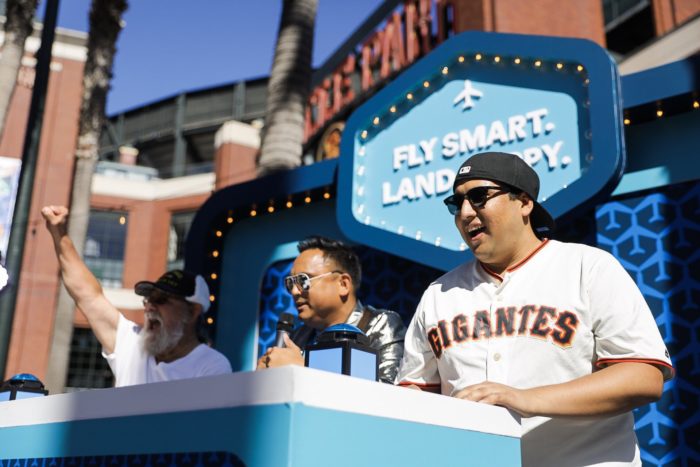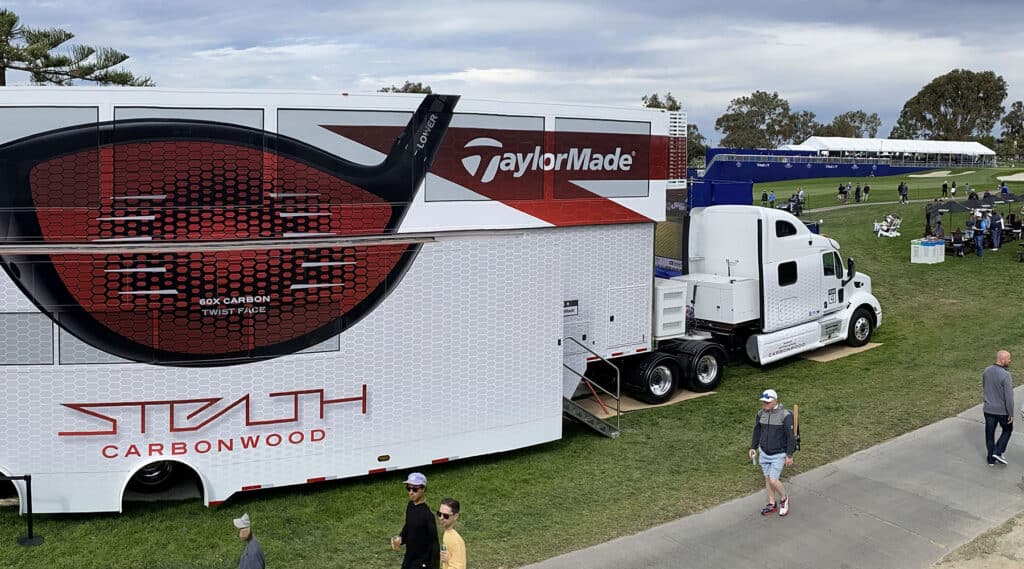In today’s market, it’s not enough to simply put an ad in front of people. Audiences deserve something more. They want to feel something, experience something. That’s why experience marketing is a necessity in your advertising portfolio. That’s why Southport Marketing only employs the best in experiential marketing. Through experiential marketing, your brand awareness can be transformed. Get out of the shadows of obscurity and earn lasting recognition by creating memorable brand experiences for your audiences.
Approach and Impact
Southport Marketing’s ability to generate brand visibility rests on creating meaningful events for brands like yours. As an experiential event agency, we’ve crafted events that have created eye-popping results for clients. Our list of clients includes the Los Angeles Rams, Toyota, Alaska Airlines, 24 Hour Fitness, BMO, Chevrolet, and more. We’ve created brand activation events that have delighted thousands. Through these campaigns, our clients have enjoyed increased brand recognition, customer loyalty, and overall brand impressions.
LA Dynamics: Why Southport Chooses LA
There’s no place like Los Angeles. As the home of many celebrities and internationally recognized brands, it’s one of the shining creative hubs of the United States. It’s only natural that Southport Marketing would make Los Angeles our home. As part of the LA community, our experiential marketing and events agency has worked with some of these worldwide brands on an intimate level. We’ve built connections with industries and professionals in the Los Angeles area who understand our expertise and respect our ability to innovate and create memorable experiences.
Showcasing Success: Notable Campaigns
In early 2023, BMO finalized its strategic decision to secure the naming rights of BMO Stadium, home to the Los Angeles Football Club (LAFC) and Angel City Football Club (ACFC), to enhance its brand visibility and community engagement. By sponsoring a renowned sports venue in Los Angeles, BMO aimed to differentiate itself, strengthen brand recognition, and forge deeper connections with new customers and their communities. To optimize the sponsorship, BMO partnered with Southport Marketing to create a custom fan experience. Southport Marketing designed, fabricated, and executed a one-of-a-kind ATM Activation and Pannacourt to bring BMO’s vision to life.
In 2023, Southport Marketing worked with Alaska Airlines to create an interactive game day experience for fans during Alaska Day at the San Francisco Giants’ Oracle Park Stadium. We designed and constructed an elevated DJ platform and band stage where fans listened to Alaska Airlines’s own yacht rock band – “The BOGOs”! Attendees could also answer trivia questions to win free travel vouchers, branded swag, and other prizes. Hundreds of fans attended the event, increasing Alaska Airlines’ brand visibility within its ideal target market.
Permits and Logistics: Southport’s Strategy
When planning for a special event, it’s imperative to ensure all logistical and operational requirements are met. Understanding the nuances, rules, and regulations of different municipalities and having the right relationships can go a long way toward your success.
Measuring Triumph: Southport’s Analytics
It’s not enough to simply show up, throw a party, and go home. Experiential marketing doesn’t mean anything if it doesn’t drive results. That’s why we take great care in measuring our results and reporting them to our clients with accuracy and clarity. We consider the costs of materials, transportation, talent, promotional collateral, and more. Then, we measure results by elements like estimated impressions, event attendance, attendee sentiment, and lead generation. That way, we can deliver the results that clients like you are looking for.
Expert Insights: Conversations with Southport
“When we launched Southport Marketing in 2008, we had two goals,” says Tim Young, owner and president of Southport Marketing. “Work with great clients to help them build their brands through Experiential Marketing. And to build a team that is creative, passionate, and loves what they do. Today, those things still ring true for what we do.” Those two goals have led to many happy clients, as Southport Marketing has nurtured and strengthened relationships through excellence.
“As a new entrant into the Los Angeles market, we were fortunate to be connected with the team at Southport to manage our activations, They have shown themselves to be creative, trustworthy, and tremendous on-site problem solvers.”
– Matt Herek of BMO Financial Group.
“Southport Marketing has been a pivotal partner in TaylorMade’s key marketing initiatives related to retail/associate engagement, training programs, and marketing events over the last 3+ years. They excel in creative thinking and have a strong commitment to brand storytelling. Southport is a true partner in our success!”
– Seth Nenaber of TaylorMade Golf Company
Work With Us
Are you ready to see an experiential marketing strategy that works? Southport Marketing is ready to create a campaign that delivers real results. Contact us to create a brand experience that captivates your audience. Not ready to launch yet? We’ll be here when you need us. Follow us on Facebook or Instagram to stay updated on our latest ventures.



